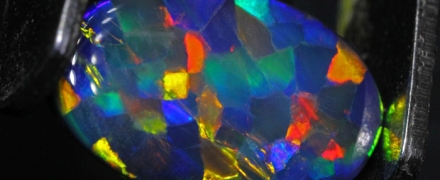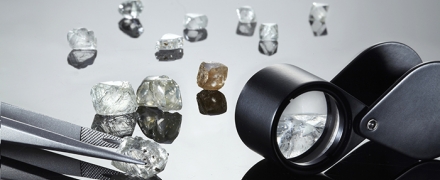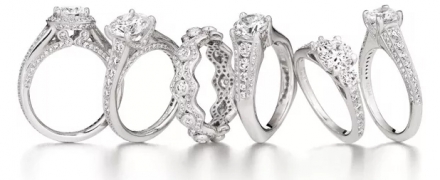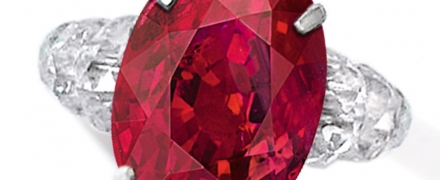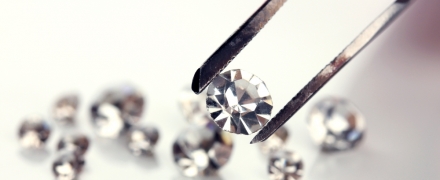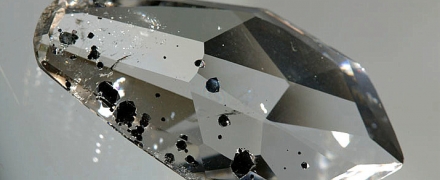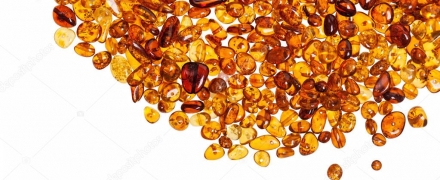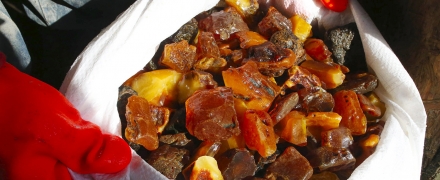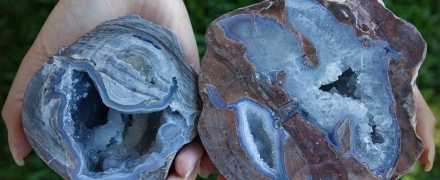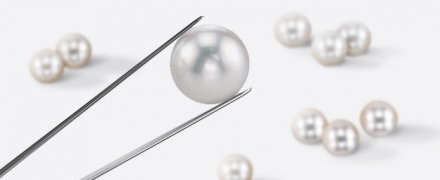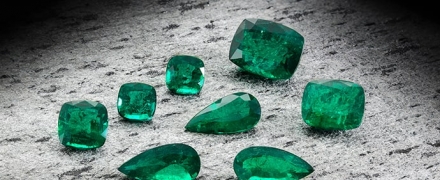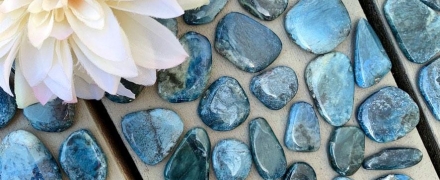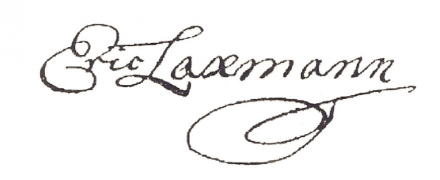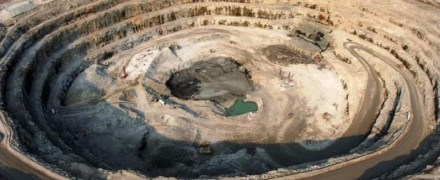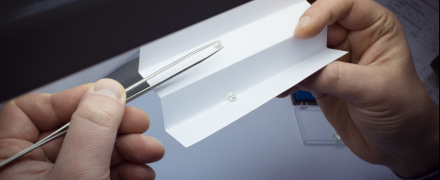open 10 am - 7 pm
laboratory is closed
How to determine the value of a diamond
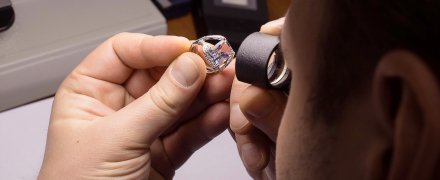
Many of us are faced with the need to evaluate a piece of jewelry, or precious gemstone. Someone he is trying to conduct a complex of measures and to evaluate existing values, based on the available literature, reference material and sales data. Someone refers to the participants of commercial transactions, and someone is going to gemmology or property valuation.
Of course, all these actions are reasonable and have a logical reasoning: the first – know what own, the second getting qualified and considered opinion of a direct participant in the market, the third – the most complete and accurate information about the product, its consumer properties and market value (or other value different from the market). However, it is necessary to realize the multi-layered evaluation process, especially jewelry.
First of all, when evaluating jewelry, precious and other gemstone jewelry need to see a specialist-gemmology, and in some cases to a specialist in the field of property valuation, which, following a certain sequence of actions, will examine the qualitative characteristics and the cost examination of your stones and/or products.
During the examination the expert using special equipment, databases and regulations, performs the following activities:
- Determines materials products or mineral form of stones (Material science expertise);
- Defines quality characteristics of jewelry and/or stones (Commodity examination).
Based on the data obtained in the course of material science and merchandising (gems in particular) examinations and expressed in the form of a document (certificate of the expert, the expert opinion, certificate, report on the conducted research) is the value of expertise, which includes:
- Definition of the value of jewelry or stone in accordance with customer demand and requirements of the assessment standards;
- Expert conclusion the market (or other relevant) cost of the jewelry or gemstone by comparing data from different information sources and multiple methods of calculation;
- Preparation and issue of a document issued in the form of valuation report of the property.


